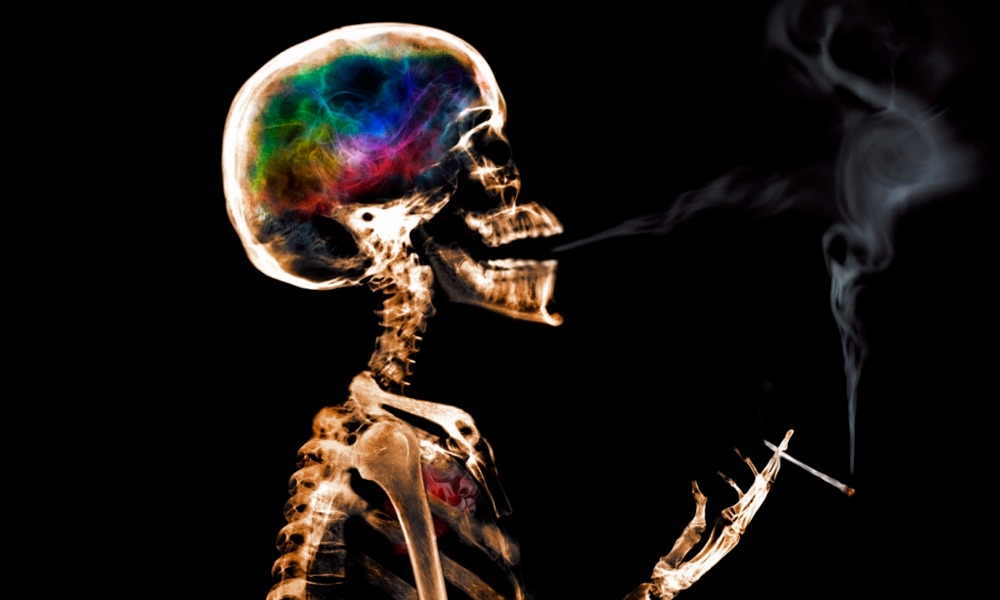Why Does Cannabis Sometimes Increase, Rather Than Suppress, Pain?
In recent years, doctors have increasingly used cannabis as a remedy to help manage chronic pain. However, very few people use marijuana to deal with mild pain, such as the discomfort after getting a tattoo. In fact, when it comes to minor injuries like skin scratches, cannabinoids can actually intensify the sensation of pain rather than dull it. Although this effect is subjective and psychological, cannabis can make the mind focus on minor injuries, which amplifies the feeling of pain—especially when consuming large recreational doses. In this article, we’ll take a closer look at the mechanisms behind this phenomenon.
How Cannabis Can Heighten Pain Sensations
According to statistics from the United States, the main reason people seek medical cannabis has been to relieve ongoing pain caused by various injuries. For example, a 2016 survey showed that out of 271 marijuana users, about 63% used the plant as a safer alternative to opioid painkillers. Another 30% reported turning to cannabis after negative experiences with such medications.
Despite the well-known ability of cannabis to suppress pain, it’s important to recognize that it can also intensify pain sensations in some users. There are several explanations for this phenomenon. First, as many medical professionals note, the therapeutic effects of cannabinoids—especially THC, which has strong psychoactive properties—depend largely on dosage. Low and moderate doses generally suppress pain, while high, recreational doses can actually increase unpleasant bodily sensations, including pain.
This can be explained by the fact that THC and related compounds can have a dual effect on the body’s CB receptors. Partial activation produces one effect, while full activation can have the opposite impact. In particular, the therapeutic effects of cannabis follow a curve: the effect increases with dosage, peaks at moderate therapeutic doses, and then gradually diminishes as the dose increases further into the recreational range.
In 2007, the journal Anesthesiology published a study examining the pain-relieving effects of THC on 15 volunteers. To simulate pain in healthy subjects, researchers used capsaicin injections (the compound that makes chili peppers hot).
During several stages of the experiment, volunteers received different samples of cannabis extract with varying strengths (from 2% up to 8% concentration) mixed with a placebo. All participants were familiar with cannabis and had used it within a month prior to the study.
The results showed that at moderate doses (around 4–5% concentration), THC most effectively suppressed the pain caused by the capsaicin injection. Low doses were ineffective, but high doses of the extract actually increased the unpleasant sensations experienced by the volunteers.
In other words, at high concentrations, THC can noticeably intensify pain and physical discomfort. For this reason, if you’re using cannabis for pain relief, it’s best to start with small doses and gradually increase until you find the optimal amount.
How to Increase the Effectiveness of Cannabis for Pain Relief
Everyone has a unique sensitivity threshold to cannabinoids. For some people, a joint made from leftover plant leaves may contain enough THC to cause overdose-like effects. Others can consume over a gram of high-quality buds without noticeable psychoactive effects. With a little practice, you can determine your own consumption threshold and adjust your dosage for the best experience.
If you notice increased pain or discomfort after using cannabis, try lowering your THC intake. This effect can also occur in experienced users due to the body developing a tolerance to cannabinoids, which can reduce their pain-relieving properties. In this case, either reduce your dosage or THC concentration, or take a short break (a week or two) from cannabis to reset your tolerance.
Additionally, to ease unpleasant sensations, you can add a small amount of CBD to your product, as CBD has a sedative effect that counteracts THC. For example, if you start to feel sharp pain after smoking a recreational joint, keep some CBD-rich buds on hand to quickly relieve discomfort in case of overconsumption. In any case, CBD will reduce the psychoactive effects of THC and may enhance its medical benefits, including pain relief.
© www.Massroots.com



